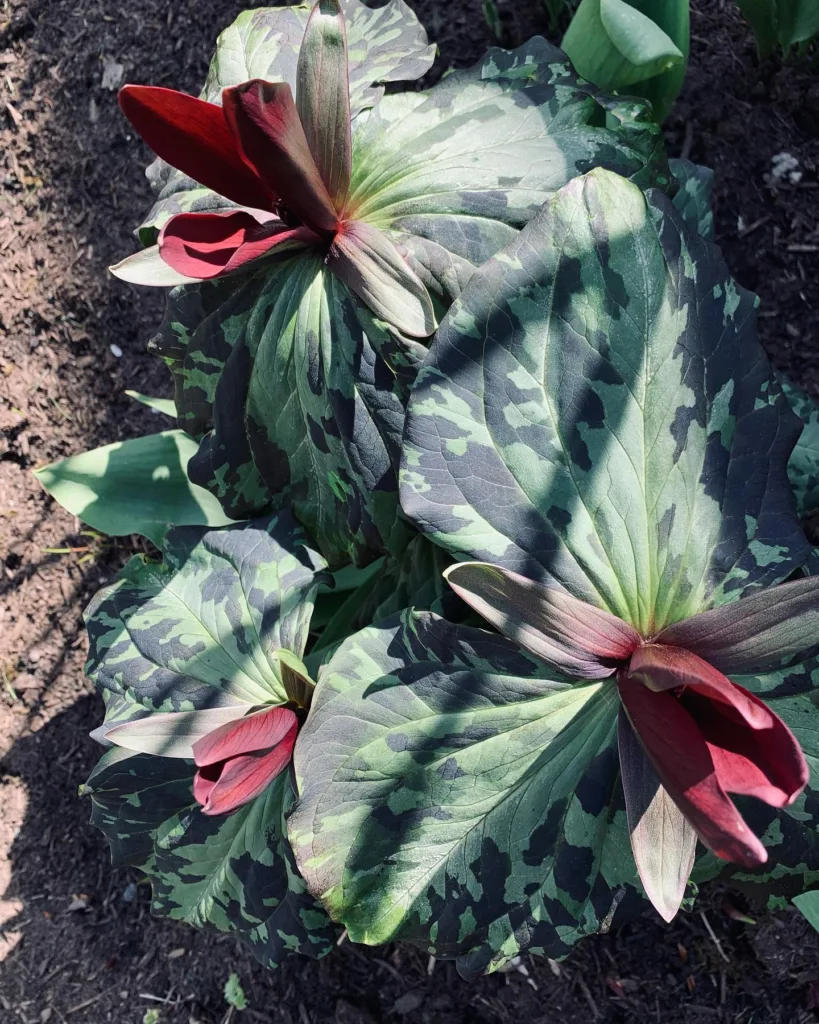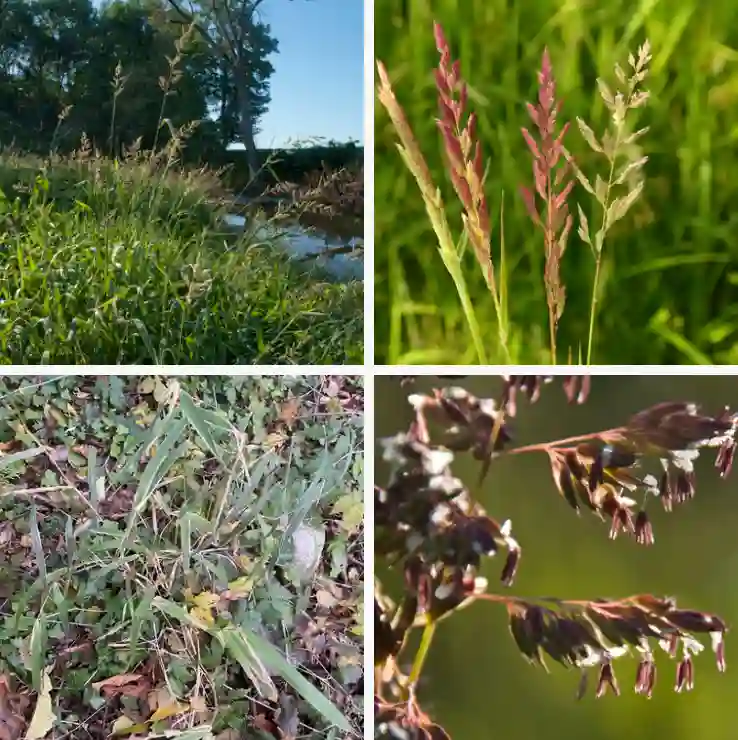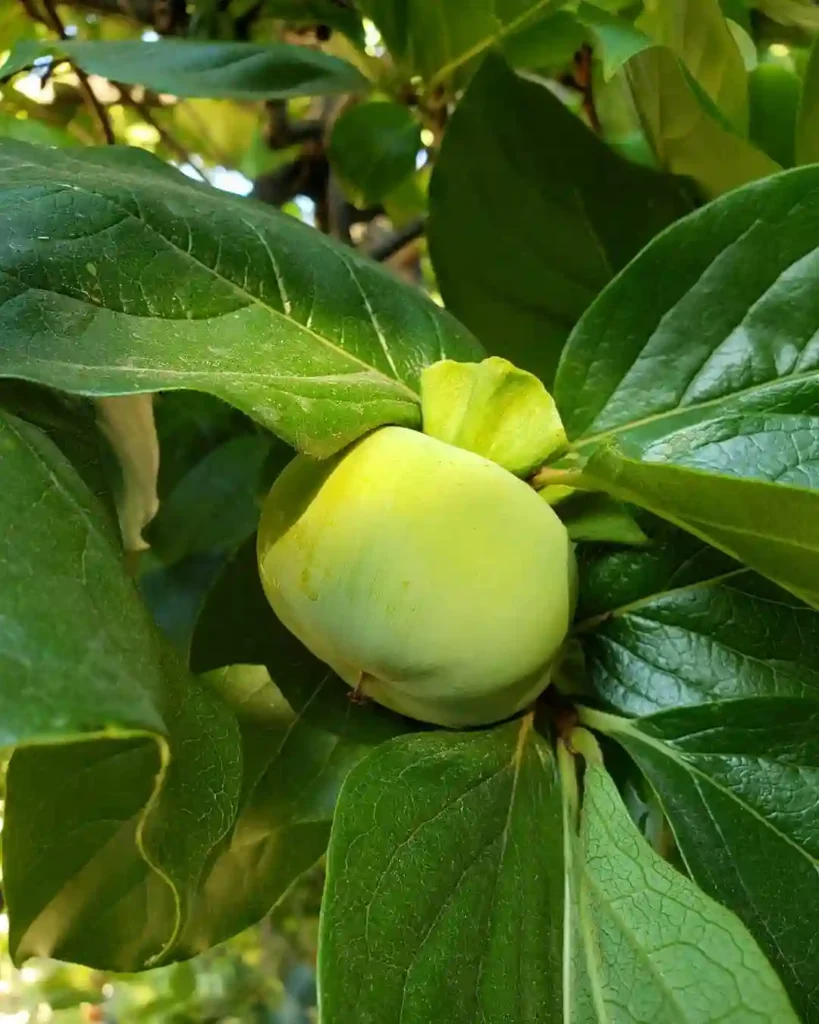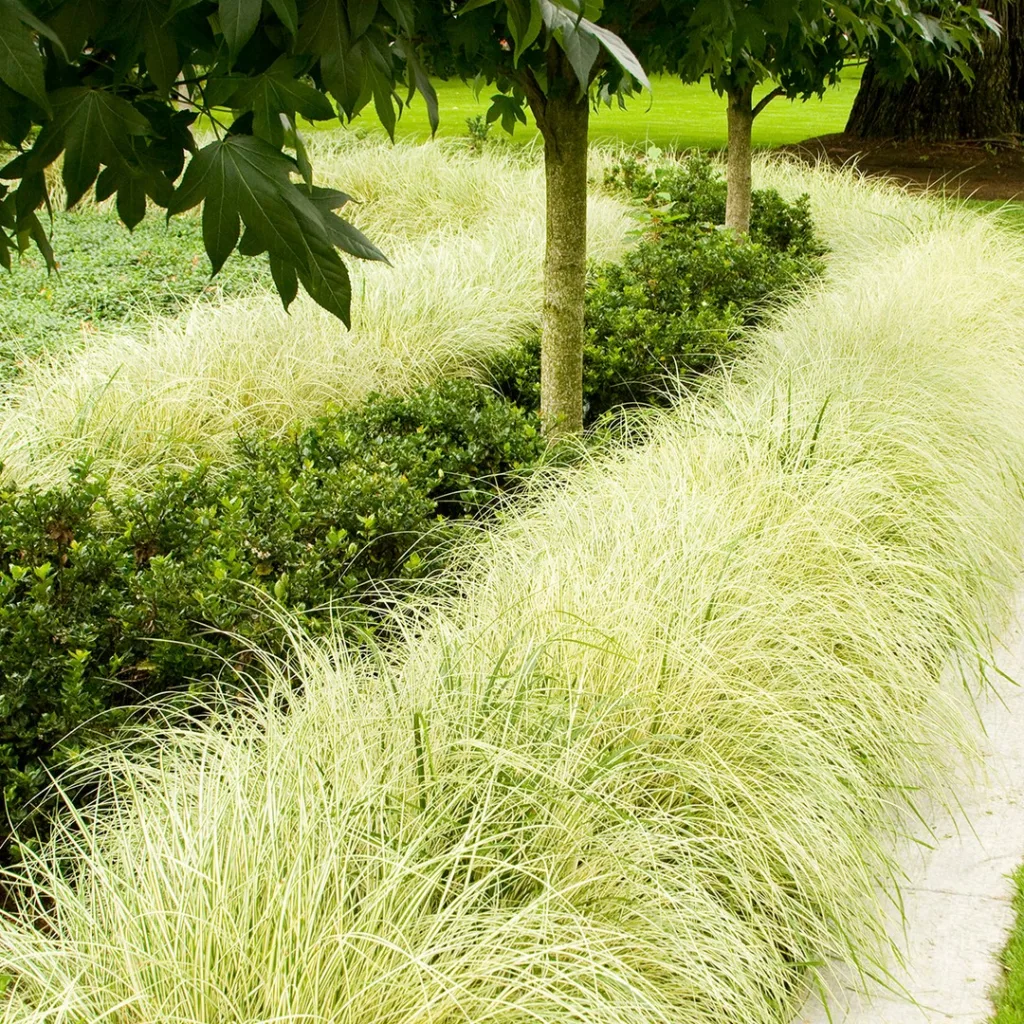My Fascination with the Kleinia Genus
The world of succulents is vast and captivating, filled with bizarre shapes and incredible adaptations. Among my favorites is the genus Kleinia, a group of plants that has always intrigued me with its unique forms and resilience. As an enthusiast, I’ve spent countless hours studying these plants, admiring their diversity and learning about their fascinating survival strategies.
What Makes Kleinia Special?
Kleinia belongs to the sunflower family (Asteraceae), which might surprise you considering how different they look from your typical daisy. Unlike their flowery cousins, Kleinia species are defined by their succulent stems or leaves, allowing them to thrive in arid environments. This adaptation is a testament to their evolutionary journey, a journey that has led them to colonize diverse habitats across Africa, the Arabian Peninsula, and even parts of Asia.
One of the things that I find most captivating about Kleinia is the sheer variety within the genus. From the pencil-like stems of Kleinia stapeliiformis to the broad, paddle-like leaves of Kleinia neriifolia, each species has its own distinct character. This diversity is a constant source of fascination for me, and I’m always eager to encounter new and unusual forms.
A Closer Look at Kleinia Species
The genus Kleinia boasts a rich diversity of species, each with its own unique characteristics and adaptations. Here are:
- Kleinia abyssinica (A.Rich.) A.Berger
- Kleinia amaniensis (Engl.) A.Berger
- Kleinia anteuphorbium (L.) DC.
- Kleinia barbertonica (Klatt) Burtt Davy
- Kleinia breviscapa DC.
- Kleinia caespitosa Thulin
- Kleinia cephalophora Compton
- Kleinia chimanimaniensis van Jaarsv.
- Kleinia cliffordiana (Hutch.) C.D.Adams
- Kleinia curvata Thulin
- Kleinia deflersii (O.Schwartz) P.Halliday
- Kleinia descoingsii (Humbert) C.Jeffrey
- Kleinia dolichocoma C.Jeffrey
- Kleinia fulgens Hook.f.
- Kleinia galpinii Hook.f.
- Kleinia gracilis Thulin
- Kleinia grandiflora (DC.) N.Rani
- Kleinia grantii (Oliv. & Hiern) Hook.f.
- Kleinia gregorii (S.Moore) C.Jeffrey
- Kleinia implexa (P.R.O.Bally) C.Jeffrey
- Kleinia isabellae Dioli & Mesfin
- Kleinia kleinioides (Sch.Bip.) M.Taylor
- Kleinia leptophylla C.Jeffrey
- Kleinia longiflora DC.
- Kleinia lunulata (Chiov.) Thulin
- Kleinia madagascariensis (Humbert) P.Halliday
- Kleinia mccoyi L.E.Newton
- Kleinia mweroensis (Baker) C.Jeffrey
- Kleinia negrii Cufod.
- Kleinia neriifolia Haw.
- Kleinia nogalensis (Chiov.) Thulin
- Kleinia odora (Forssk.) DC.
- Kleinia ogadensis Thulin
- Kleinia oligondonta C.Jeffrey
- Kleinia patriciae C.Jeffrey
- Kleinia pendula (Forssk.) DC.
- Kleinia petraea (R.E.Fr.) C.Jeffrey
- Kleinia picticaulis (P.R.O.Bally) C.Jeffrey
- Kleinia polycotoma Chiov.
- Kleinia sabulosa Thulin
- Kleinia saginata P.Halliday
- Kleinia schwartzii L.E.Newton
- Kleinia schweinfurthii (Oliv. & Hiern) A.Berger
- Kleinia scottii (Balf.f.) P.Halliday
- Kleinia semperviva (Forssk.) DC.
- Kleinia shevaroyensis (Fyson) Uniyal
- Kleinia squarrosa Cufod.
- Kleinia stapeliiformis Stapf
- Kleinia subrahmanianii Sunil & Naveen Kum.
- Kleinia tortuosa Thulin
- Kleinia triantha Chiov.
- Kleinia tuberculata Thulin
- Kleinia venteri van Jaarsv.
- Kleinia vermicularis C.Jeffrey
- Kleinia walkeri (Wight) M.R.Almeida
Why I Admire Kleinia
My admiration for Kleinia stems from their resilience and adaptability. These plants are true survivors, capable of thriving in harsh conditions that would challenge most other species. Their ability to store water in their stems and leaves allows them to endure long periods of drought, while their diverse growth forms enable them to colonize a variety of habitats.
Beyond their hardiness, I’m also drawn to the unique beauty of Kleinia. Their unusual shapes and textures add a touch of the exotic to any collection, and their simple, yet elegant flowers offer a subtle charm. Whether grown as a striking centerpiece or as part of a diverse succulent arrangement, Kleinia always manages to capture attention and spark curiosity.
My Experiences with Kleinia
Over the years, I’ve had the pleasure of cultivating several Kleinia species. I’ve found them to be relatively low-maintenance plants, requiring well-draining soil, plenty of sunlight, and infrequent watering. I’ve also been impressed by their ability to propagate easily from cuttings, allowing me to expand my collection and share these fascinating plants with others.
One of my most rewarding experiences has been observing the subtle changes in my Kleinia plants throughout the seasons. Watching them grow, produce new leaves, and occasionally bloom is a reminder of the resilience and beauty of the natural world.
Conclusion
The genus Kleinia holds a special place in my heart. These remarkable plants embody the spirit of survival and adaptation, showcasing the incredible diversity and resilience of the plant kingdom. Whether you’re a seasoned succulent enthusiast or just beginning to explore the world of these fascinating plants, I highly recommend getting to know the captivating genus Kleinia.
If i die, water my plants!



